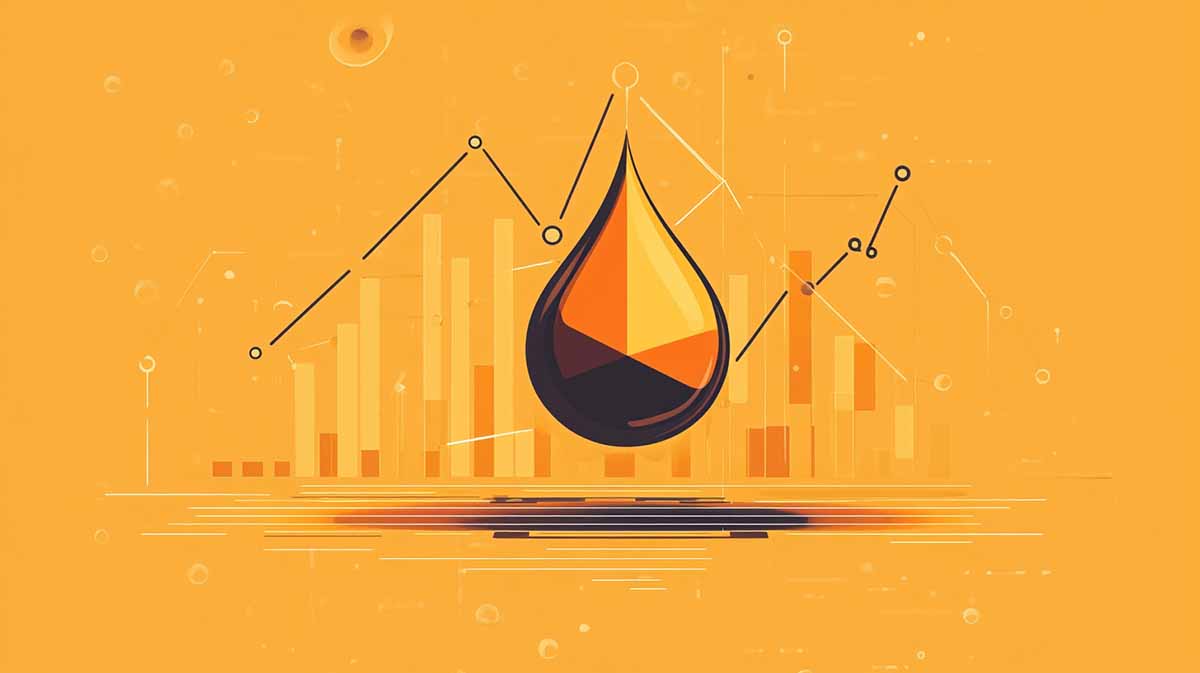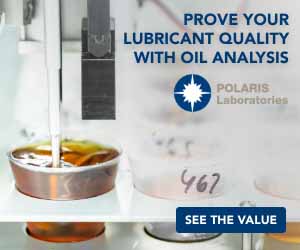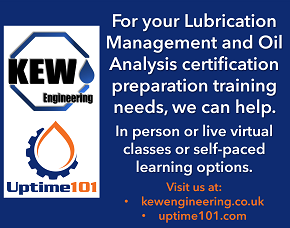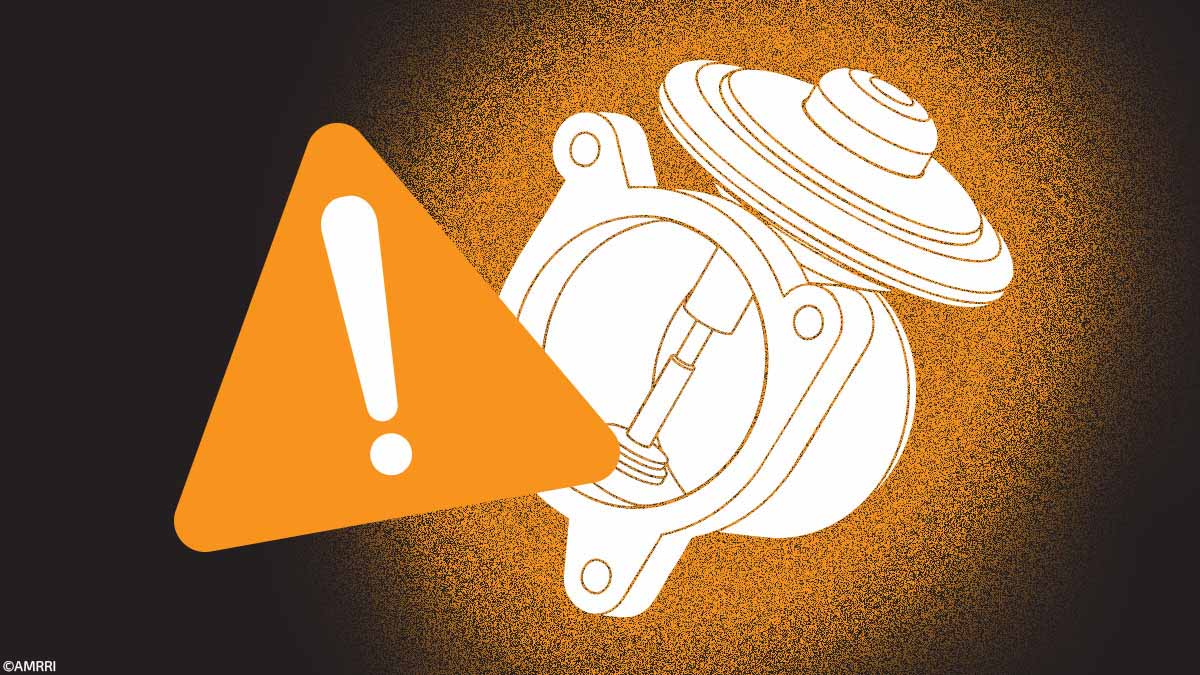To truly measure the success of your lubrication program, you need to look beyond consumption and focus on key lubrication metrics.
Is Lubricant Consumption All I Need to Measure Success?
Of course, but like most statistics, there are lies, damned lies and statistics. Figures can be fudged. Take the example of a maintenance manager telling me he had ordered additional lubricants on this year’s budget so that next year would show a decrease.
Or how about simply reducing the frequencies of greasing and extending oil drain intervals? The program has succeeded by that measure, but has reliability been achieved?
Naturally, any lubrication-focused reliability program should see a reduction in lubricant consumption, but do not be disheartened to find this is not the case, particularly in the first few years of the strategy, as more flushing activity is undertaken to deal with past mismanagement.
If employing condition-based lubrication using ultra-sound, the increased greasing activity may also see a rise in throughput.
Consumption should be reduced in the longer term, especially by addressing leakage and waste issues. However, this metric or Key Performance Indicator (KPI) needs to be managed correctly, and the trend will only show a true reflection in the longer term as the program settles in.
Aren’t There Other Ways to Measure the Success of a Program?
Certainly. The target of the program is to improve reliability. Lubrication success is just part of the overall success, but monitoring issues like:
- Improvements in the Mean Time Between Rebuilds (MTBR) of assets such as the gearboxes, pumps and electric motors
- Improvements in the Mean Time Between Failure (MTBF) of lubricated components such as bearings
As stated, lubrication, while a significant root cause, is only part of the overall reliability strategy. Therefore, it could be argued, particularly with rotating equipment, that some benefits may come from alignment, balance, and fastener tightness improvements. That said, these are all still valuable KPIs in an overall reliability strategy rather than for measuring the success of lubrication.
What Do Bathroom Scales and Oil Analysis Have in Common?
Bathroom scales are simply a reflection of a lifestyle. A reflection of the effort one puts into a proactive lifestyle is dietary and exercise regimes.
In that sense, an oil analysis program reflects a company’s lubrication lifestyle.
Implementing an oil analysis or condition monitoring program will not magically increase reliability. Reliability will stem from changes made in maintenance practices, and any condition monitoring program is simply an effective tool for measuring progress in controlling the root causes of poor reliability.
Can Oil Analysis Be Used to Measure the Success of a Lubrication Improvement Plan?
Yes, simply by monitoring the overall results and seeing if the overall trends are heading in the right direction. Let’s look a little closer at how this can work:
The Oil Health Trend
How many times are the reports recommending oil be changed?
How often do the oil health values exceed the caution and critical alarms?
If lubrication best practices are in place and successful, oil life will benefit. Oil will last longer, and consequently, fewer alarms will be triggered.
Set a goal for the various lubricant types regarding anticipated life and the desired targeted life extension. Trend how often the limits are exceeded for the oil health reports, aiming for a yearly reduction.
The Contaminants Trend
How often do the measured contamination levels exceed the caution and critical alarms?
If contamination control has been implemented in all its forms (storage, handling and transfer, and machine protection) as part of the lubrication improvement plan, then this should start to show in the oil analysis data, with reducing levels overall. The cleaner the oil, the greater the chance of success.
Set Target Cleanliness Levels (TCL) for each asset based on the desired life extension and other factors, such as criticality, and ensure these are met. Trend the number of times the oil analysis reports show caution (typically three consecutive readings over the TCL) or critical (one reading over the TCL) alarms.
The Wear Debris Trends
How often do the measured wear levels exceed the caution and critical alarms?
Wear results from various root causes, including lubrication, oil health, and, more likely, contamination levels. Therefore, one can expect to see wear debris levels reduce as the program rollout continues. However, remember that other root causes exist beyond lubrication, so some of the gains in this area are potentially, as said earlier, from alignment, balance, and fastener tightness improvements.
So, Oil Analysis Reflects the Lubrication Lifestyle, But Are There Any Other Metrics Or KPIs We Need To Consider?
Definitely. Just as an athlete has a program that must be maintained, so must the lubrication activity. Lubrication activities are implemented for a reason: to create reliable operation.
Therefore, the biggest KPI or metric in this case would be achieving 100% completion on the lubrication tasks. If this action is undertaken, success will be assured.
Add in KPIs for monitoring the rollout, such as completion of aspects of the implementation like:
- Tagging the machines with the relevant information
- Upgrading the machines for contamination control
We should remember that education is also crucial to implementation and success. Without the awareness and knowledge to support the program, business as usual will result, with staff reverting to old ways.
Therefore, another key metric is the rollout of training. Set a KPI for getting personnel trained to the appropriate levels that their roles require, be that awareness training or achieving the required levels of certification by an independent body.
But Is There a Way To Compare Our Performance Against An Industry Average?
Be very careful about comparing yourself to average! The average is just that. You can pat yourselves on your collective bacs because you may be better than average. Is that enough in today’s world of global economic challenges?
What About a Global Standard For Lubrication?
Just as the ISO 55000 series of standards were introduced for asset management, there is a standard for lubrication. Introduced by the International Council for Machinery Lubrication, the ICML 55™ is a series of standards for lubricated assets.
There are three sub-standards under the ICML 55™ that assist in the process of making ISO 55000 “Asset Management” concepts directly applicable to lubrication programs.
ICML 55™ is an enabling standard in strategic and operational alignment with the broader ISO 55000:
- ICML 55.0 “Overview”
- ICML 55.1 “Requirements”
- ICML 55.2 “Guideline”
Jointly authored by an international team of forty-five subject matter experts, this standard offers a detailed, practical consensus on lubrication management systems and processes for effectively managing lubricated physical assets.
The adoption of ICML 55.1 requirements, as augmented by ICML 55.2 guidelines, will enable an organization to achieve its objectives of effectively and efficiently managing its physical lubrication and lubricant asset policies, strategies, and plans.
ICML 55.1 identifies and defines requirements rather than explaining how to do it, which allows for customizing to suit specific needs rather than trying to force-fit a process.
It should be noted that while intended to align with ISO 55001, the ICML 55.1 standard is the work product and exclusive intellectual property of ICML. It is neither explicitly nor implicitly endorsed by the International Organization for Standardization (ISO) or any other standards body.
How Does Implementing ICML 55™ Help My Organization In Terms Of Measuring Our Lubrication Program Success?
If there is any doubt as to whether any stones are left unturned regarding lubrication, the ICML 55™ covers all aspects. If implemented correctly, then success will follow. It is successful not just in terms of reliability but also in terms of health, safety, and sustainability through environmentally aware lubrication.
More to the point, with the forthcoming ICML 55.3 – “Assessors’ Conformance Guideline,” annual lubrication program reviews and audits will ensure the business remains on track to achieve the end goal.
What Else Should We Consider?
Never be afraid to publish your success! Consider writing monthly for the company newsletter. Initially, lay out the new program’s strategy and goals, and then follow up with the trends from the KPIs and any short-term success stories.
Also, consider putting up new charts each month showing the performance.









